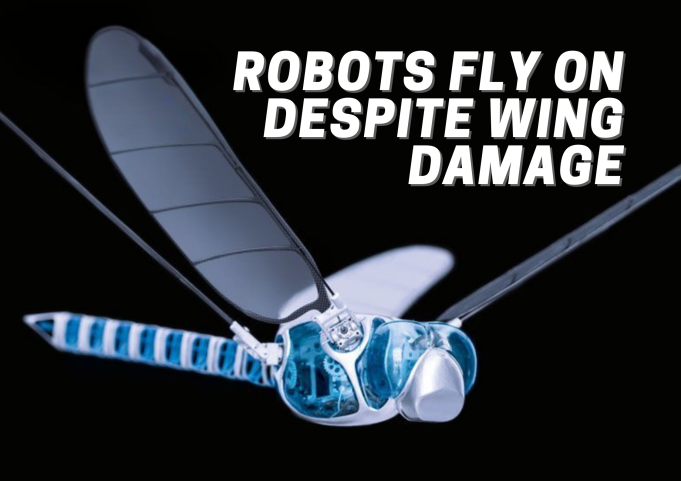Researchers have developed resilient artificial muscles that can enable insect-scale aerial robots to quickly recover from severe damage, allowing them to maintain their flight performance. Bumblebees are clumsy fliers, bumping into flowers about once per second and damaging their wings. Despite this, they are still able to fly due to their resilience. In contrast, aerial robots are not as resilient and can be grounded if their wing motors or propellor are damaged. This highlights the importance of resilience in flying creatures, and how robots still have a way to go before they can match the capabilities of nature.
MIT researchers have developed repair techniques that enable a bug-sized aerial robot to sustain severe damage to its wings and still fly effectively. The robot’s artificial muscles are optimized to better isolate defects and overcome minor damage, such as tiny holes. In addition, a novel laser repair method can help the robot recover from severe damage, such as a fire. This research was inspired by the hardiness of bumblebees and could lead to more resilient robots that can operate in harsh environments.
This research paper presents a new technique for repairing damaged robots that enables them to maintain flight-level performance even after sustaining significant damage. The technique was tested on a robot, which was able to keep flying even after 20 percent of its wing tip was cut off. This could be a major breakthrough for the use of swarms of tiny robots in tough environments, such as search missions in collapsing buildings or dense forests. The technique involves repairing the robot’s artificial muscles and actuators, such as by jabbing needles into the muscles and burning a hole into the actuator. This could help robots to survive and complete their tasks in hazardous conditions.
Chen’s lab is developing tiny, rectangular robots that are about the same size and shape as a microcassette tape. These robots are powered by dielectric elastomer actuators (DEAs), which are soft artificial muscles that use mechanical forces to rapidly flap the wings. However, microscopic imperfections can cause sparks that burn the elastomer and cause the device to fail. To prevent this, researchers have developed a process called self-clearing, which applies high voltage to the DEA to disconnect the local electrode around a small defect, isolating the failure from the rest of the electrode so the artificial muscle still works.
This research study tested a new repair technique for damaged flapping wing robots. The technique involved using laser surgery and needle jabbing to repair damaged actuators, which are the components that control the robot’s movements. Tests were conducted with damaged actuators, and the results showed that the repair techniques enabled the robot to maintain its flight performance with only slight deviations from an undamaged robot. Even with a severely damaged actuator, the laser surgery technique was able to recover 87 percent of its performance. This research demonstrates the potential of using laser surgery and needle jabbing to repair damaged flapping wing robots.
Chen and his team at the University of Maryland have developed a way to repair tiny robots in mid-flight, making them more robust and able to perform new functions. The team is also working on teaching the robots new functions, like landing on flowers or flying in a swarm, and developing new control algorithms so the robots can fly better. This work is funded, in part, by the National Science Foundation (NSF) and a MathWorks Fellowship. The robots are able to control their yaw angle to keep a constant heading, and the team is working towards enabling the robots to carry their own power source. This research has the potential to revolutionize the way robots are used in the future.













